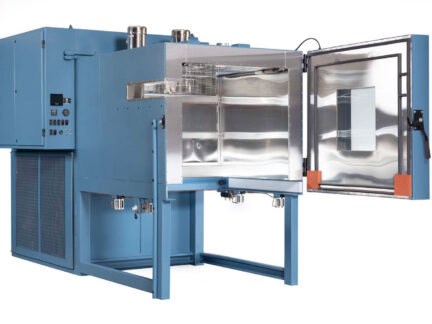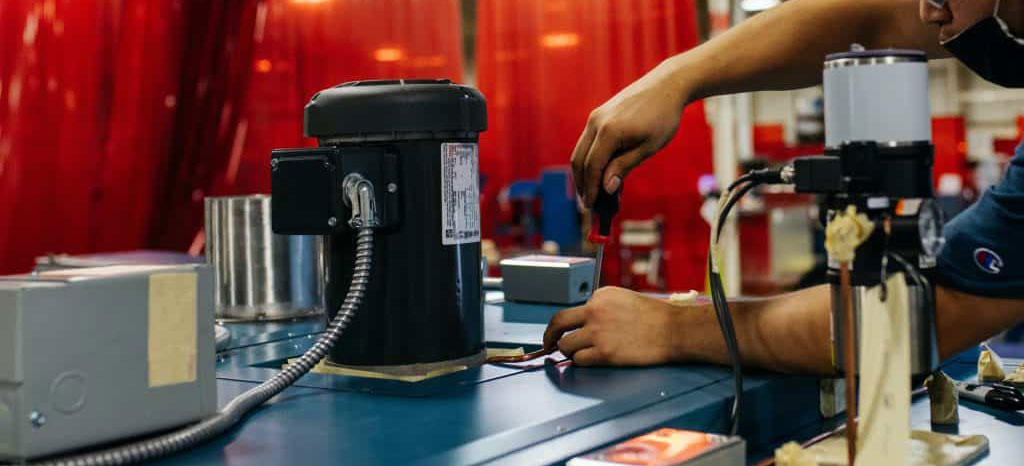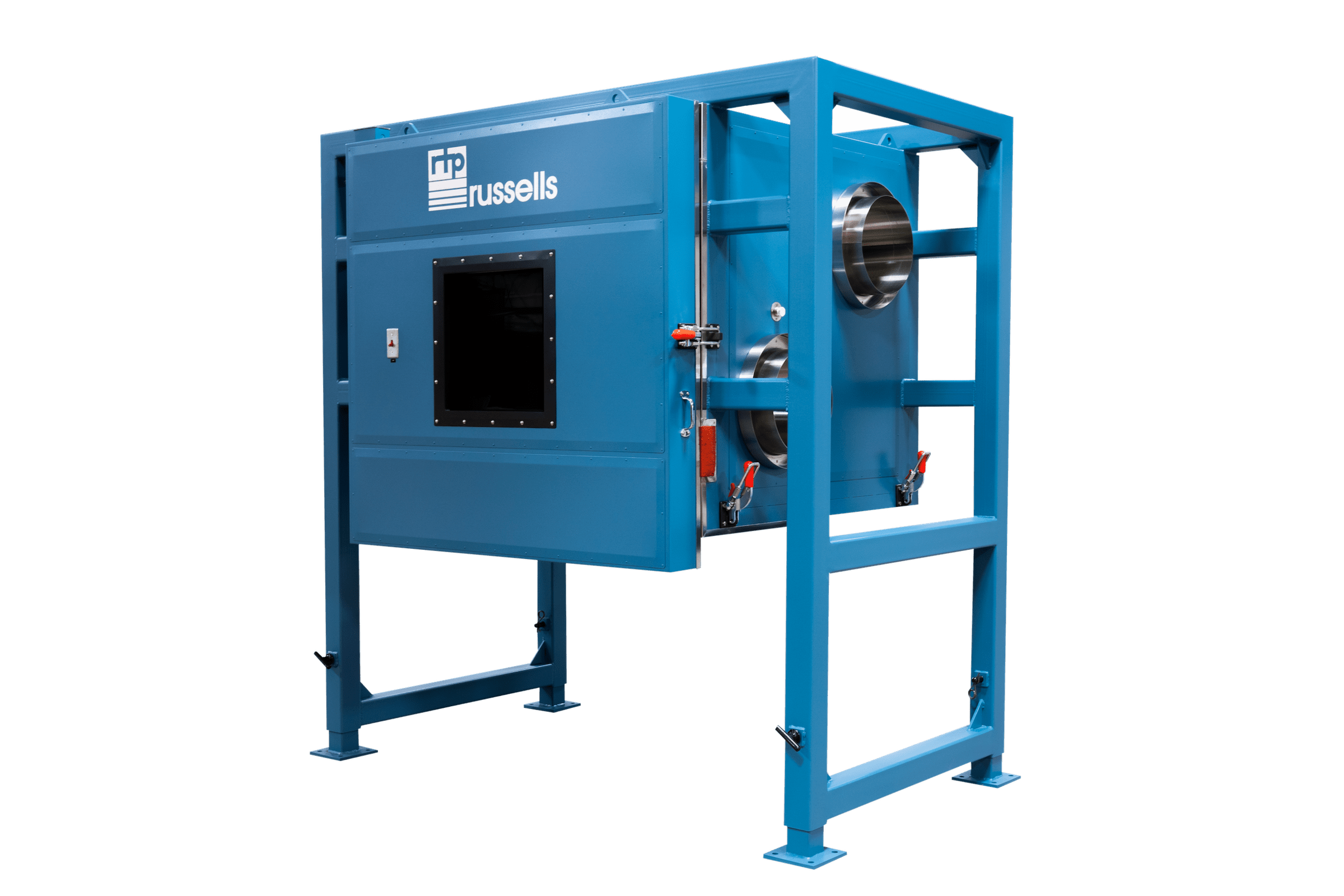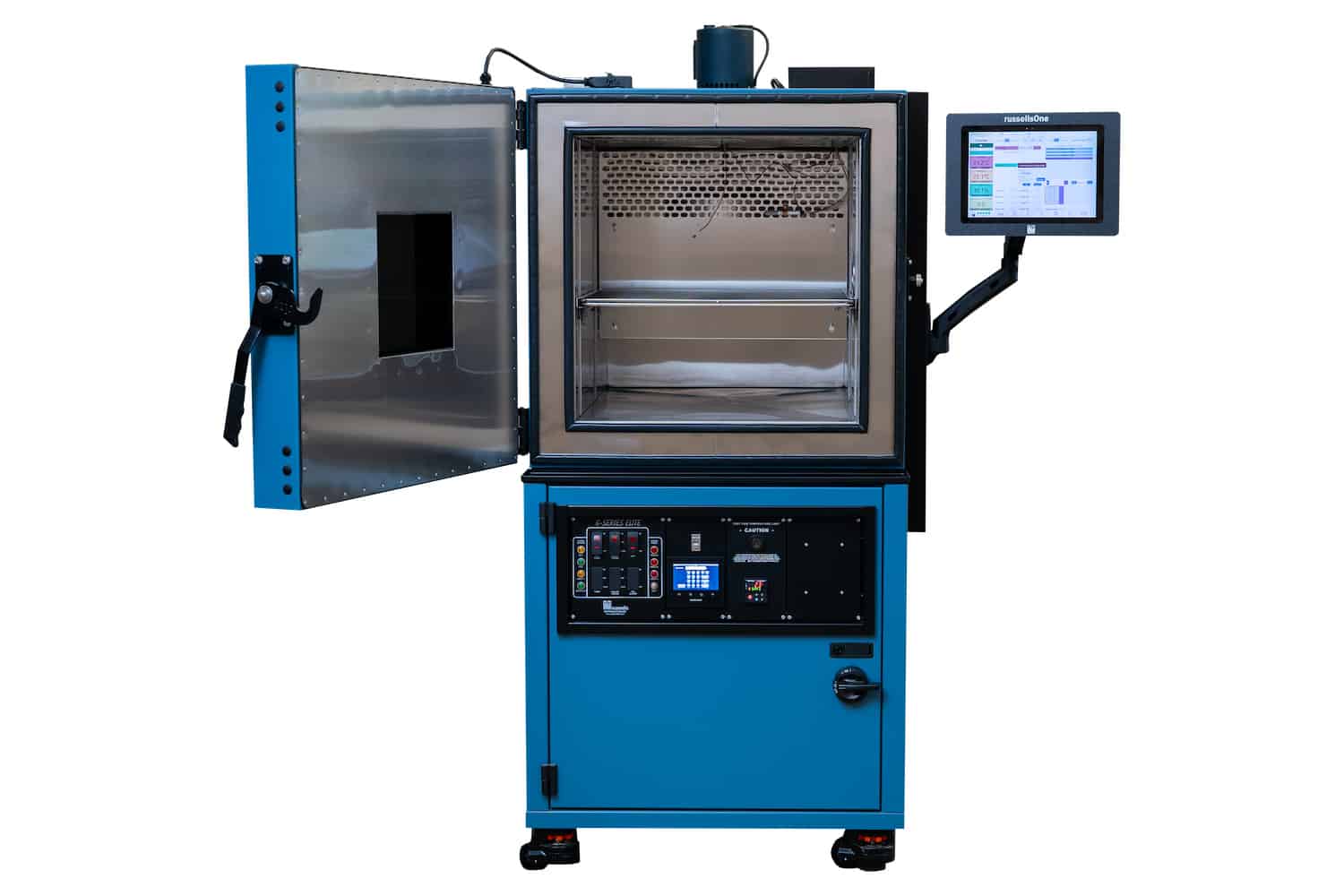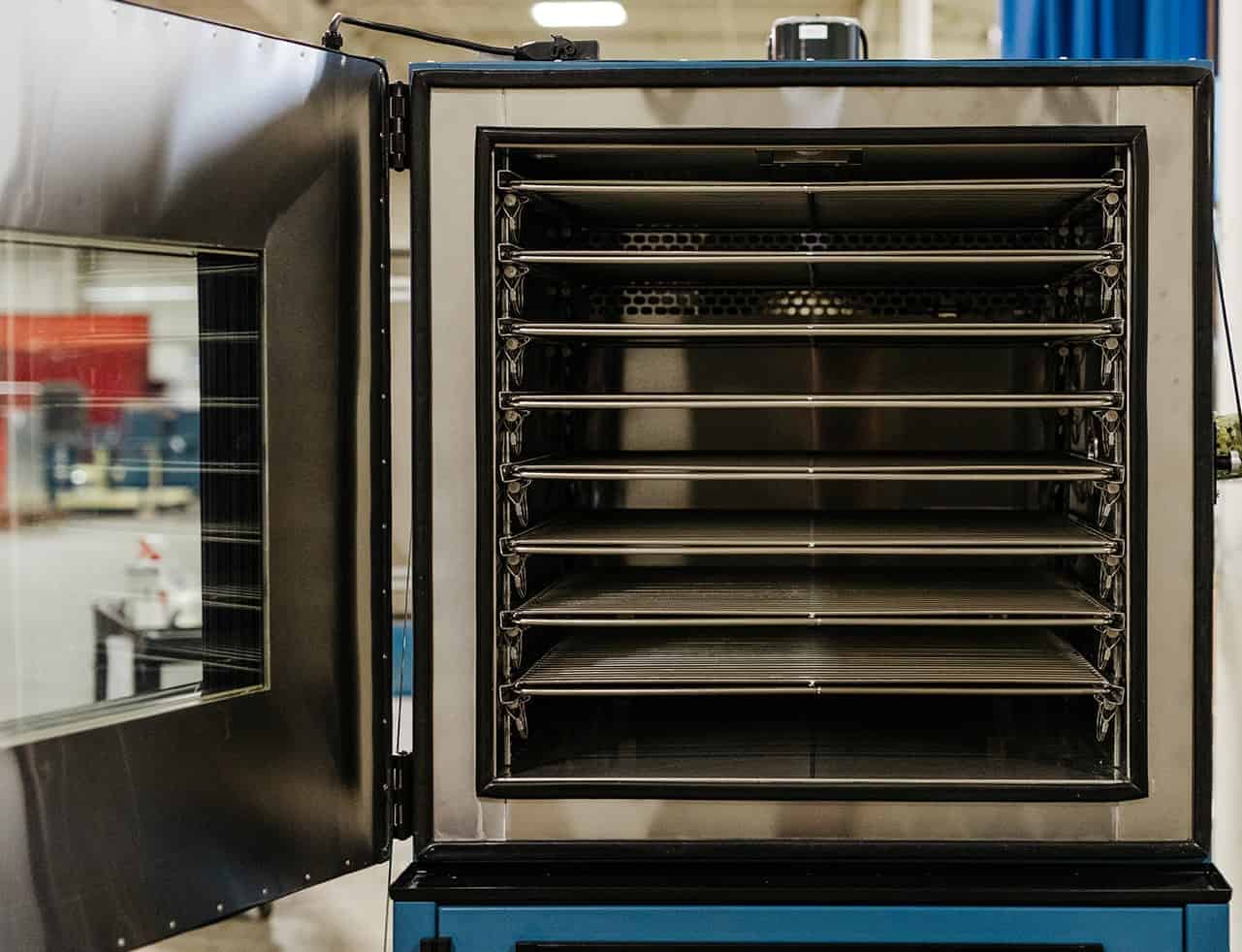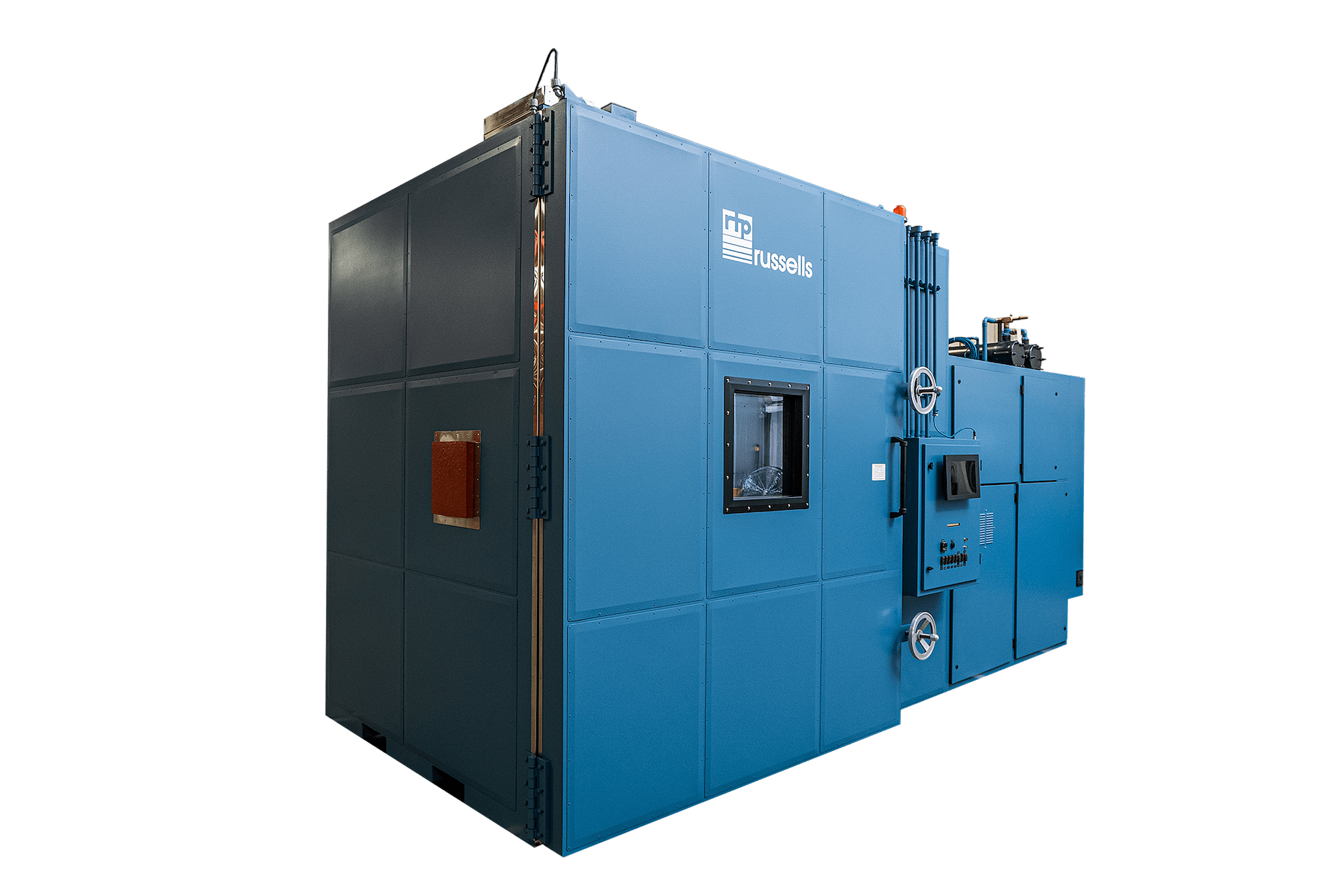Purchasing an environmental test chamber can seem like a daunting task, both in the time and financial commitments required. Finding a test facility and hiring them to run your tests seems like an easy solution, but is it the best one?
Custom Testing Solutions
When you order an environmental test chamber from Russells Technical Products, whatever your testing requires, you can receive. Our reach-in and walk-in test chambers can be built to your exact specifications, ensuring you get exactly what you need without sacrifice or compromise. On the flip side, you don’t need to pay for anything extra. Why pay to rent a 64-cubic-foot space when all you need is an 8-cubic-foot G-Series test chamber?
Our applications and engineering teams will work with your facilities and test departments to design a chamber that performs the tests you need to ensure the quality and performance of your product. We also coordinate with your facilities team to provide the layout, utility hookup, and transportation for the test chamber that best suits your needs, then work with your current data logging systems to seamlessly integrate our controllers into your testing procedures.
Avoiding Testing Restraints
Big or small, every company has finite resources. Purchasing a custom environmental test chamber can help you navigate constraints, including time and scheduling, location, and finances.
Time is one of the most valuable resources for any organization, but relying entirely on third party test labs can hinder the efficiency of the testing process. In the case of last-minute testing needs or lengthy environmental simulations, there may not be a facility that can accommodate your requirements. Even if a lab has the right equipment, it may not be available at a time that fits your schedule. With an in-house test chamber, you can set your own schedule and not waste valuable time searching for alternative environmental testing solutions.
Location can also be an issue for those relying on test labs to complete their environmental testing. If an organization is in a rural area or somewhere without a large manufacturing presence, there may not be a lab for hundreds of miles. Even if you are located near test labs, they may not have the necessary equipment you need for specific tests—not every lab is going to have large scale equipment or altitude chambers. Additionally, depending on the production stage you are testing in or the final size of your test item, there may be significant transportation and logistical challenges associated with utilizing a third-party test lab.
Finances are always going to be a large consideration in the testing process. Purchasing an environmental chamber for in-house use does carry an up-front cost that may seem quite unappealing compared to outsourcing product testing. However, properly constructed test chambers which receive regular preventative maintenance will last decades. By trusting Russells Technical Products to provide quality equipment, you can achieve a much higher return on investment than continually entrusting a third-party test lab with your environmental screening.
Maintaining Quality
Environmental testing is only as good and valuable as the process followed and data produced. Even the best test labs in the world don’t have the intimate knowledge of your product and its capabilities and potential deficiencies that your test engineers and development team do.
Off-site testing can be difficult to monitor in real time and incurs additional costs if in-house engineers need to travel and oversee the test process. By bringing testing in house, programs can be monitored much more efficiently and adjustments can be made on the fly.
Test labs may also provide rather generic test reports, potentially limiting the quality of the data collected. With a custom environmental chamber at your facility, your test engineers can design and customize reports to give you the exact information you need at that point of the production process. From there, any tweaks can be done quickly and under direct supervision.
Reliable. Trustworthy. Performance.
For more than 50 years, companies have trusted Russells to provide the highest quality environmental test chambers on the market. Our application engineers will work directly with your team to ensure you receive the exact equipment to maximize your testing quality and capabilities.
To get started on a quote or for more information, contact us today!
